Ask any Bangkokian about sake and they’ll probably be able to tell you it’s a Japanese rice wine. They may even know their daiginjo from their honjozo. But how about its mythic status as tipple of choice for ancient gods on their 180-day drinking binges? Or its secret beautifying properties, bathed in by geisha to maintain their radiant skin?
With Bangkok’s unquenchable thirst for all things Japan—jiggly pancakes,omakase, Donkee—it’s no surprise that their national drink has long been a fixture of city life. Yet now it seems sake is poised to rise the ranks, seeping out of rowdy izakayas and hushed sushi dens, and onto the tasting menus of fine-dining establishments of all nationalities, from
Suhring to
Eat Me to
Le Du, as well as dedicated sake bars, like Thonglor’s newly opened
Yoshibar and the already established
Orihara Shoten or
Jua.
Why now?
Over the past few years, the dwindling popularity of sake in Japan has spawned a greater focus on exports. In his work as a sommelier, Greg Plowes, who currently manages Thai fine-dining restaurant
Bo.lan, has witnessed as Bangkok wine and spirit importers increase their range to include sake. “The younger generations in Japan are turning their backs on sake, so the industry has worked hard to promote sake outside of Japan,” explains Plowes.
Almost half of Japan’s sake breweries have closed since the 1980s, taking with them the ancient knowledge passed down through generations of skilled
kuramoto (brewery owners) and toji (head sake brewers). Efforts to prevent further loss have seen sake exports soar. In Thailand, sales have tripled in the past decade, with producers like Shimane prefecture’s
Akana Sake Brewing opening a Bangkok office back in 2017 to respond to local demand. This, too, is helping to demystify sake.
“[Some] sake labels have now started showing detailed information in English. This was rarely the case 15 years ago,” says Plowes. “The better sake importers and distributors are helping out with this as well, applying their own back labels with technical information about sake.”
One look at Yosihibar’s super-technical menu places them in this category. “I think people will drink more sake if they have more knowledge about it,” reasons the bar’s owner, Yoshi Suziki.
Andre Chalson, a sake sommelier who has recently expanded his import operations from Singapore to Thailand, agrees. “Education is the key," he explains. "People don't know enough about sake and as a result, they find it intimidating.”
As a result, he's not only importing sake, but also sake knowledge, flying in experts from Japan and recruiting translators to host educational sake events, aimed at the top level sommeliers who are looking for more interesting alcohol pairings than just wine to go with their chefs' innovative food.
These activities are a lifeline for people like Patitta “Faai” Singhamart, the general manager at
Sushi Zo, a high-end omakase sushi counter in Phloen Chit. “There is no teaching about sake like there is with cocktails or wines," she explains. "I looked into taking a course but I would have to fly to Japan and the course would be in Japanese.”
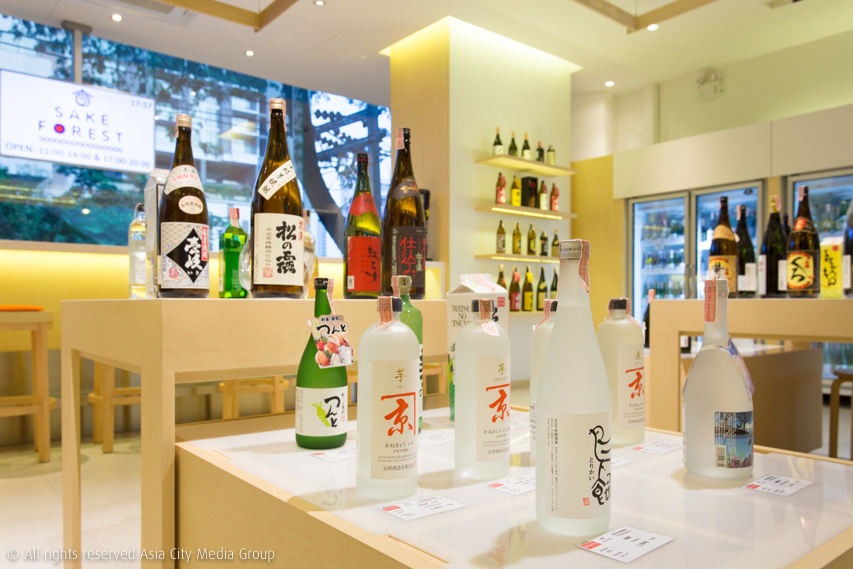 Sake Forest
Sake Forest
Understanding the basics
Sake is made up of four key ingredients: rice, koji, yeast and water. Though many people refer to the fermented rice drink as “Japanese rice wine,” the brewing process is actually more akin to that of beer. Starches in rice are converted to sugar—a process, in sake’s case, made possible by koji, the magical mold behind umami-inducing products like soy sauce and miso—before being fermented with yeast and water.
Sake’s diverse contingencies do, however, compare with wine. “There are around 1,200 breweries spread across Japan and around 90 kinds of sake rice,” says Yoshi Suzuki, owner of Yoshibar. “Each region comes with different water which provides a different character.”
Nevertheless, experts tend to break sake down into four key types and one special designation (see box), besides from your standard “table sake,” futzu-shu. At the most basic level, these are distinguished by the level to which the rice is polished before use—a process that removes impurities. This is indicated by the seimai bui, a percentage usually listed on the back of the bottle that denotes the amount of rice grain that remains after polishing away the outer shell. In theory, more polishing leads to a more refined flavor, so the lower the percentage the higher the quality—and the price. However, many other factors come into play like the rice variety, the type of yeast, the skill of the brewer and the production methods used.
Sometimes brewer’s alcohol (distilled pure alcohol) is added; if used in low amounts, this process is in fact used to enhance the flavor and fragrance of sake, though indeed some cheaper labels may pump in the ethanol as a way to increase yield and reduce costs. Traditionally, sake should be served chilled, though lower quality sakes are often served warm as it masks some of its coarser aspects. In cases where no alcohol is added, the sake will be labelled junmai, or pure (see below).
The date printed on sake bottles refers not to the expiry but to the date of production. If stored in a cool, dark place, pasteurized sake can usually be enjoyed within one to two years of manufacture without major detriment to the taste, whereas unpasteurized sake will last around six months if refrigerated. Once open, both types should be sealed, stored in the fridge, and consumed within one to three weeks or else the taste will suffer.
The experts reckon you can expect to see plenty more sake appearing in our city as the year unfolds. “I think the Bangkok market is ripe for a proliferation of new importers that will bring in smaller artisanal producers, a wider array of sake styles and varied philosophies of organics and natural sake production,” says Plowes.
Chalson agrees: “There is a growing appreciation for quality sake in Bangkok right now… The consumer base is getting more and more sophisticated and there is a visible hunger for knowledge.”
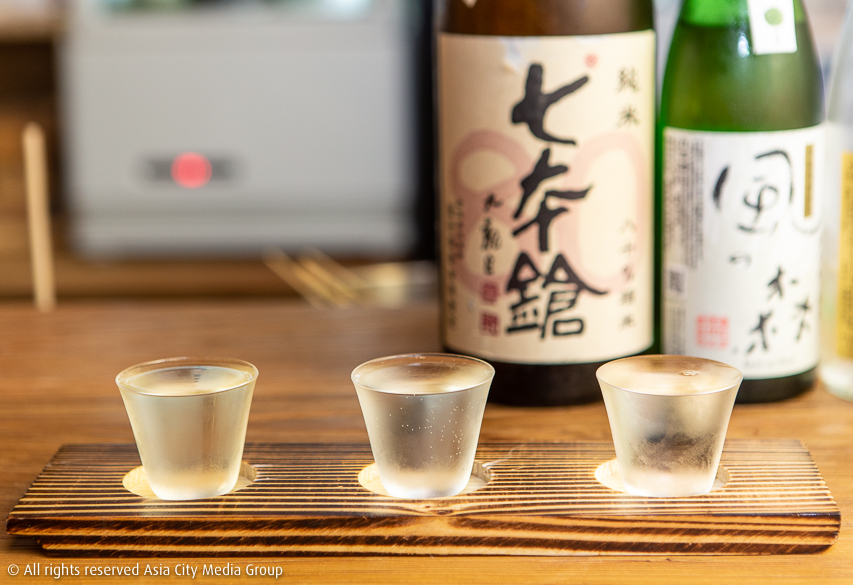
Become a sake samurai
Don't let the sake menu scare you. Brush up on your ordering skills with these must-know phrases.
Honjozo-shu
Very low levels of brewer’s alcohol (distilled pure alcohol) added to enhance flavor and fragrance—considered the original brewing method.
Seimaibuai: At least 70-percent.
Taste: Lighter, drier, and less acidic than other types, with a mild fragrance. Often sweet, soft, earthy and complex.
Good for: Pairing with a range of dishes, including Western food. Enjoy warm (36-45 degrees C) or chilled.
Junmai-shu
Pure sake, brewed with only rice, water, yeast and koji—no added alcohol. Other types of sake can also be junmai if they contain no added alcohol or additives.
Seimaibuai: Not legally specified, but usually 70-percent minimum.
Taste: Full, rich body, with a subdued aroma and a higher-than-average acidity.
Good for: Hardcore sake fans; pairing with food. Enjoy chilled (5-10 degrees C); room temperature; or warm (45 degrees C).
Ginjo-shu
High quality, labor intensive sake that is fermented with special yeast at colder temperatures than lower grades. Can be made with or without (ginjo-junmai) added alcohol.
Seimaibuai: At least 60-percent (highly-milled), often with additional alcohol added.
Taste: Delicate, smooth, complex and light; often fruity or floral and aromatic with a soft finish.
Good for: Everyone—these tend to be crowd pleasers. Usually served chilled (around 10 degrees C—any colder and you might lose the delicate aroma and taste).
Daiginjo-shu
Highest quality sake, represents the pinnacle of the craft. Brewers use their best rice, highest polishing rate and often smaller tanks for tighter regulation and consistent high quality. Can be made with or without (daiginjo-junmai) added alcohol.
Seimaibuai: Around 50-percent, though sometimes as high as 35-percent (very highly milled).
Taste: Light, fragrant, slightly sweet, complex yet natural tasting, with a soft acidity.
Good for: Special occasions; beginners as it is easy to drink. Usually served chilled (around 10 degrees C).
Other important terminology
Nama – unpasteurized sake.
Nigori – unfiltered or coarsely filtered sake.
Happo – sparkling sake.
Koshu – aged sake.
Tokubetsu – applied to Junmai to specify a minimum 60-percent seimaibuai.
Essentials
Bangkok's new breed of sake bar
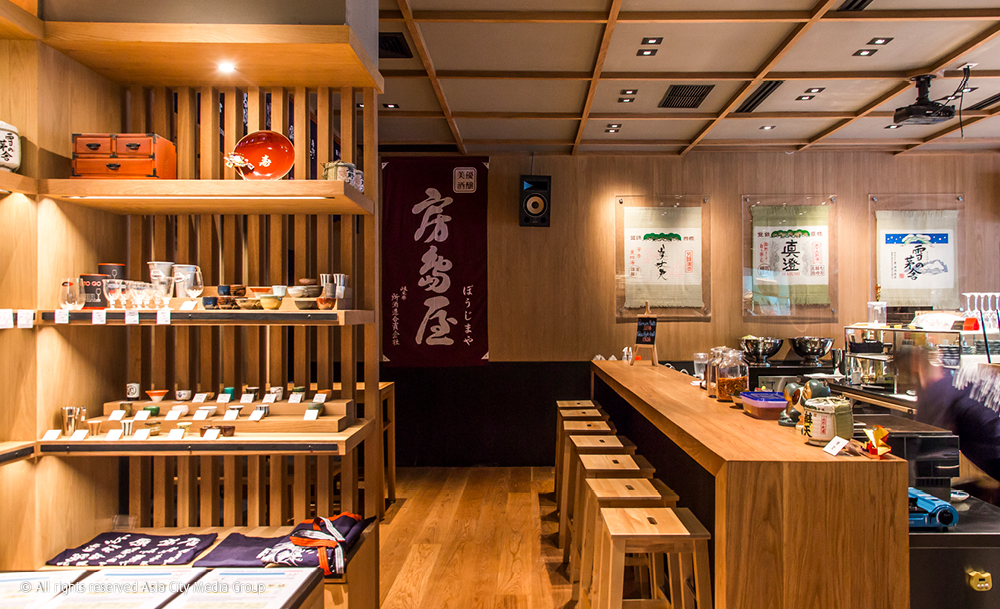
Orihara Shoten
Stopping short of a flight to Tokyo, this sleek sake bar’s your surest bet for making like a Japanese salaryman. Untuck your shirt, loosen your tie and let the passionate staff guide you into the wonderful world of rice wine—more than 90 bottles of the good stuff.
Park Lane, Sukhumvit Soi 63 (Ekkamai), 02-382-0131. Open Mon-Sat 5pm-midnight
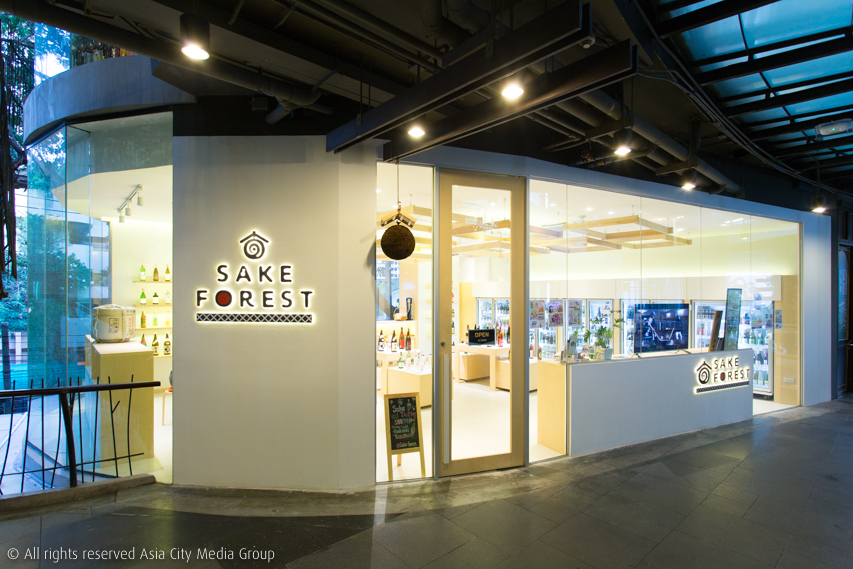
Sake Forest
At 100 labels, the collection of Rain Hill’s bottle shop puts it in the class of the city’s finest sake establishments. They often host tastings.
2/F, Rain Hill, Sukhumvit Rd., 02-258-4975. Open Mon-Sat 11am-8pm
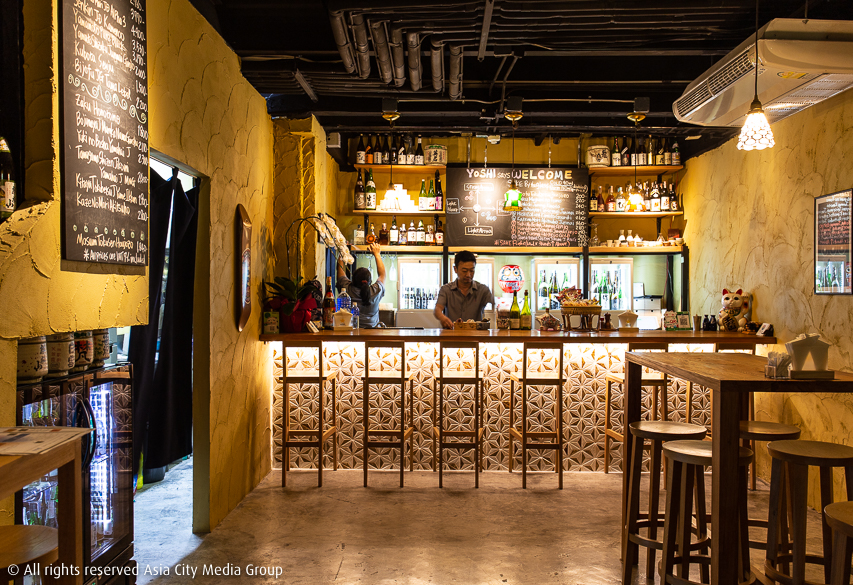
Yoshibar
Chalked up on a board, there are 16 labels of sake sold by the bottle, ranging from B1,800-4,900, and 10 by the glass from B200-380.
9:53 Community Mall, 124 Sukhumvit Soi 53, 02-115-2944. Open Mon-Sat 5pm-1am
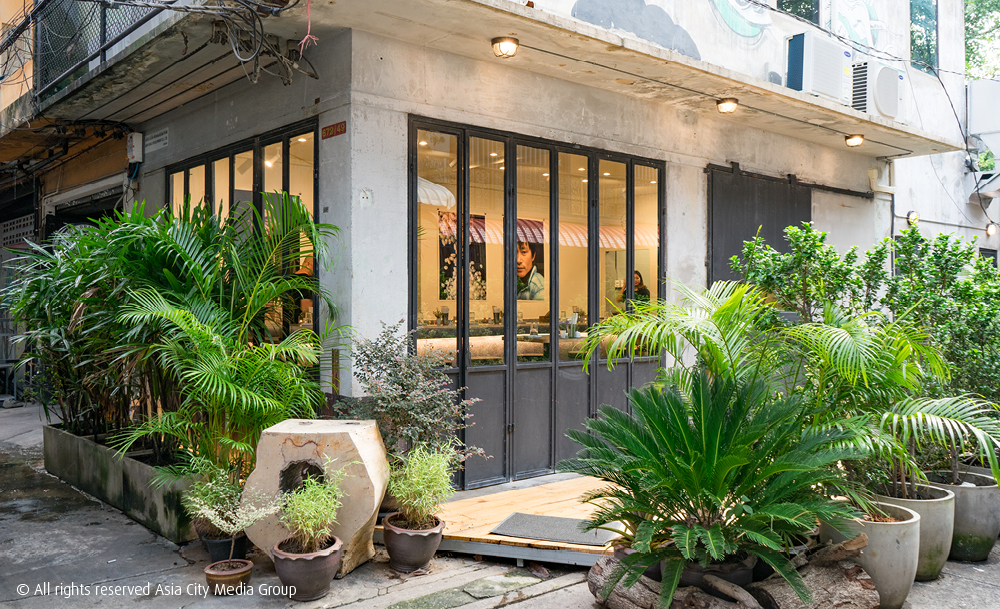
Jua
Chef Chet Adkins knows his Japanese-style skewers, but you could delete Jua’s food menu and it would hold up as a respectable booze den. His business partner, photographer Jason Lang, is an expert on sake and ensures the bar remains well stocked—hence why Charoenkrung’s party set clamor to get near that smooth, smooth terrazzo counter.
672/49 Charoenkrung Soi 28, 02-103-6598. Open Mon-Sat 6pm-midnight; Sun 5-10pm.





